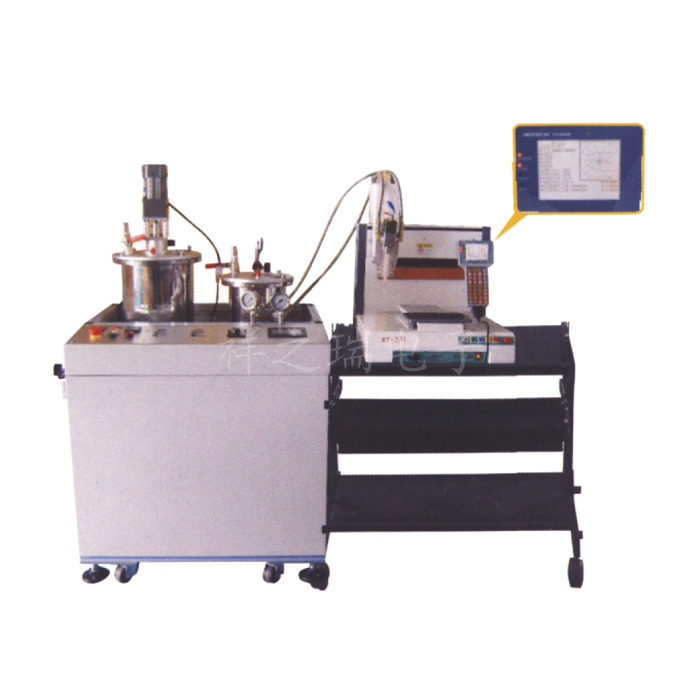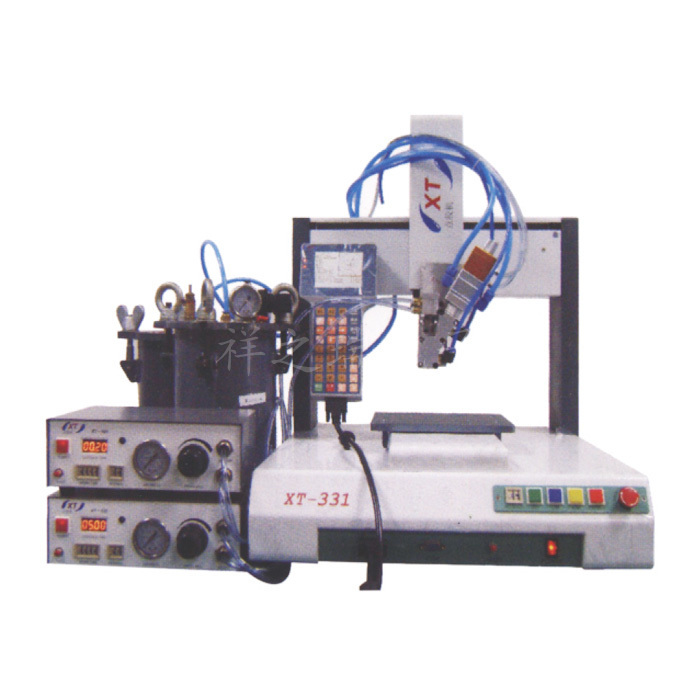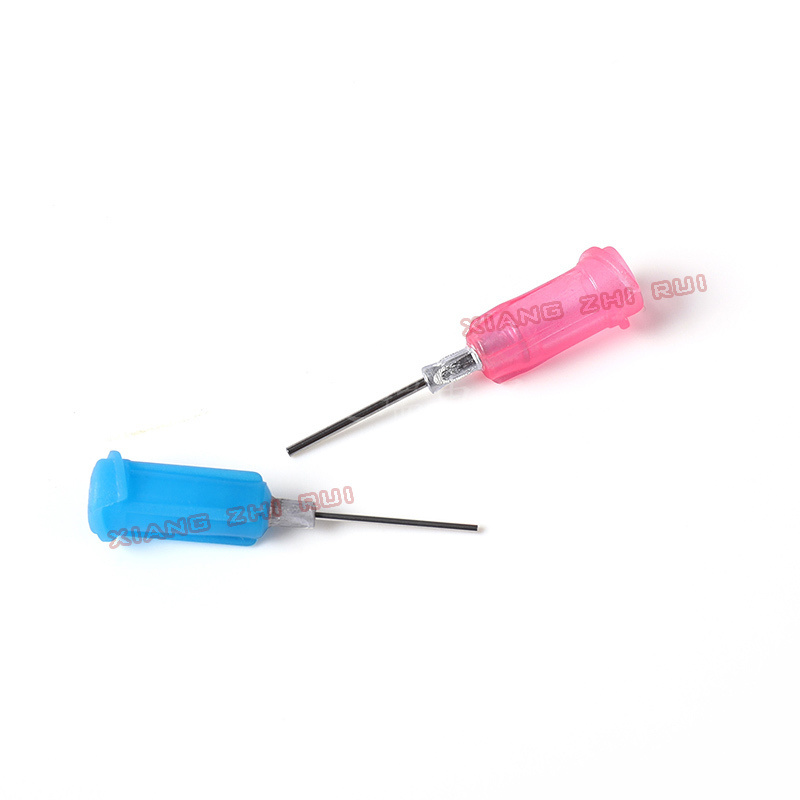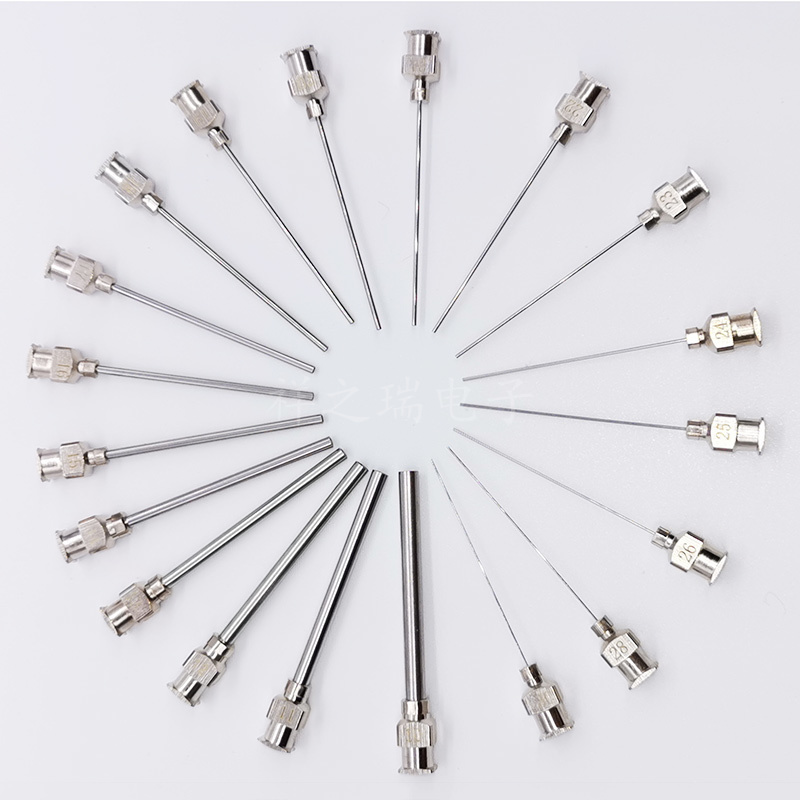Information Details
Dry Goods Sharing on Dispensing Machines | 6 Key Steps to Solve Nozzle Clogging Issues
Release time:
2024-04-25 14:56
In dispensing machine operation, nozzle clogging is a common problem that significantly impacts the normal output of adhesive. Understanding its causes and implementing effective solutions are crucial for maintaining smooth production. Next, this editor, who has focused on dispensing machines for many years, will comprehensively introduce this problem to help you solve it completely:
1. What is a dispensing machine?
A dispensing machine is a device used to precisely control the flow of liquid adhesives or other bonding agents and apply them to the surface of workpieces. It plays an important role in various automated production lines, used for precise adhesive application in the manufacturing of electronic components, automotive parts, medical devices, etc.
2. Components of a dispensing machine
(1) Control system: Responsible for controlling the operation of the dispensing machine, including setting parameters such as adhesive flow rate, speed, and pressure.
(2) Conveying system: Transports the workpiece or component to be processed to the dispensing position, usually through a conveyor belt or other conveying device.
(3) Dispensing head: Used to control the flow of adhesive, including the nozzle and tip, capable of accurately applying the adhesive to the surface of the workpiece.
(4) Adhesive supply system: Provides adhesive to the dispensing head, including adhesive containers, pumps, and pipes.
(5) Auxiliary equipment: May include vision systems, heating devices, cleaning devices, etc., to improve dispensing accuracy and efficiency, and ensure the normal operation of the equipment.
3. Impact of dispensing machine nozzle clogging
(1) Production interruption: Nozzle clogging causes the production line to stop running, affecting production plans and delivery times.
(2) Production quality issues: Poor adhesive application can lead to decreased product quality, affecting the company's reputation.
(3) Increased costs: Downtime for maintenance and increased scrap rates increase production costs.
(4) Equipment damage: Nozzle clogging can damage components of the dispensing machine, increasing repair costs.
(5) Reduced production efficiency: The production line stops running during maintenance, and production efficiency is severely affected.
4. Causes of nozzle clogging
(1) Adhesive volatilization and solidification: Adhesive volatilizes and solidifies in the nozzle during prolonged downtime or use.
(2) Adhesive quality issues: Using low-quality or expired adhesives can cause clumping or sedimentation, clogging the nozzle.
(3) Unstable adhesive pressure: Problems with the adhesive supply system can lead to poor adhesive jetting.
(4) Improper operation: Operators fail to clean and maintain the dispensing machine according to the correct procedures, or ignore cleaning around the nozzle.
5. Solutions
(1) Regularly clean the nozzle: Use appropriate cleaning agents and tools to remove adhesive residue, solidified material, and impurities.
(2) Check adhesive quality: Use high-quality, fresh adhesive and avoid using expired or low-quality products.
(3) Adjust adhesive pressure: Ensure that the adhesive supply system is set to the correct pressure.
(4) Replace the nozzle: Regularly replace damaged or aged nozzles.
(5) Regular maintenance: Establish a regular maintenance plan, including cleaning, lubrication, and replacement of wear parts.
(6) Optimize operating procedures: Train operators to operate the dispensing machine correctly and strictly follow the operating manual.
Previous Page
Previous Page
Latest developments






